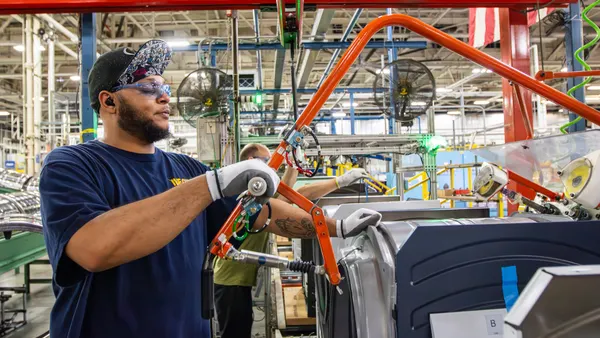As manufacturers race toward Industry 4.0—driven by smart factories, connected devices, and AI-powered automation—one goal stands above the rest: efficiency. But while digital transformation promises productivity and innovation, it also opens the door to new cybersecurity threats. And without the right access controls in place, those gains can quickly turn into liabilities.
That’s where strategic access management comes in. More than just a security best practice, it’s also a major productivity enabler. When done right, access management makes it easier for the right people to reach the right systems at the right time, without delays or workarounds. It supports faster workflows, enables safe collaboration, and creates a secure foundation for meeting compliance standards like the Cybersecurity Maturity Model Certification (CMMC) 2.0.
The access challenge in smart manufacturing
Industry 4.0 technologies—from industrial IoT and edge computing to autonomous robotics—depend on constant data flow between operational technology (OT) and information technology (IT). But as these systems connect through cloud platforms, APIs, and remote tools, managing access becomes both more critical and more complex.
Too often, legacy systems weren’t built for today’s realities. A lack of modern access controls can slow teams down, increase risk, and make it harder to demonstrate compliance with standards like CMMC. And that’s a problem—because CMMC isn’t merely a box to check. It’s fast becoming the baseline for doing business in the defense industrial base.
Access management: The bridge between productivity and compliance
CMMC 2.0 outlines a set of cybersecurity requirements based on NIST 800-171 including access control, incident response, and system integrity. But what’s often overlooked is how these requirements align with a smart access management strategy.
Take multifactor authentication (MFA). Required by CMMC under Identification and Authentication (IA) to ensure secure access to systems, MFA can support remote access and secure access to sensitive data. Passwordless implementations, when done right, can improve the user experience and lead to an even stronger security posture. In addition, access management capabilities like session locking, login attempt limits, and secure session termination help meet Access Control (AC) requirements while improving user efficiency.
Audit and Accountability (AU) requirements call for clear tracking of user activity to ensure accountability and support incident detection. Meeting this standard means gaining visibility into access events like who accessed what, when, and from where—which becomes increasingly important as manufacturers scale workflows, expand their network of access points, adopt new technologies, and collaborate with vendors.
A well-implemented access strategy reduces login times, simplifies provisioning, and enables secure collaboration with third parties. It also supports scalable digital transformation—because as manufacturers add new tools, sensors, and systems, they need an access model that can grow with them.
Turning compliance into a competitive advantage
Forward-thinking manufacturers aren’t treating CMMC as a roadblock. They’re using it as a roadmap. By aligning their access management strategy with CMMC requirements, they’re boosting both their security posture and their operational efficiency.
The result? Faster onboarding. More agile responses to production demands. And greater confidence in their ability to protect sensitive data across a complex supply chain.
Access is the infrastructure of Industry 4.0
CMMC 2.0 may be the compliance benchmark, but strategic access management is the enabler. It’s what ensures teams stay productive, systems stay secure, and innovation moves forward without compromise.
In today’s hyperconnected manufacturing world, cybersecurity is no longer just about defense—it’s about enabling progress. And access management is where it all begins.










